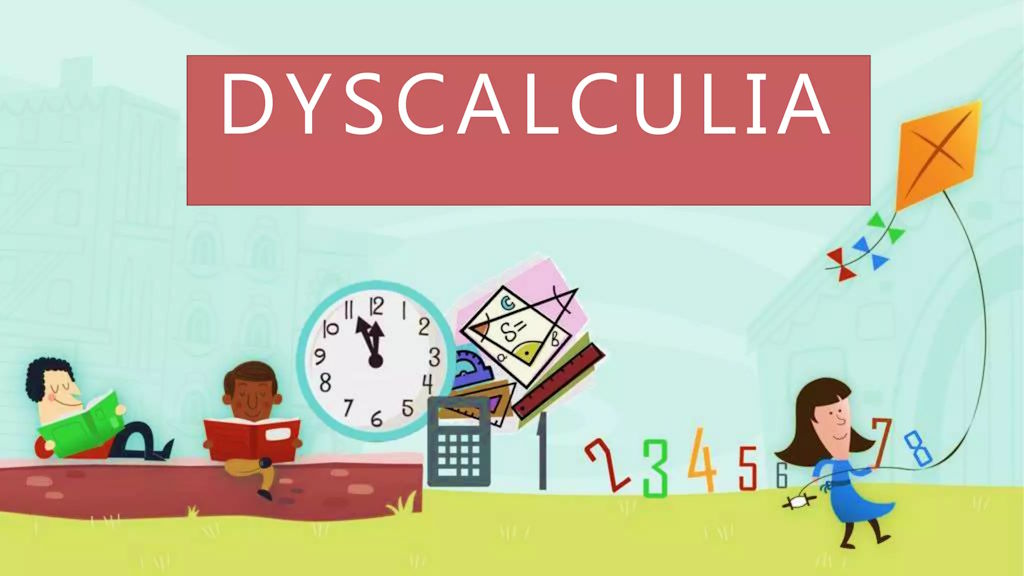British Dyslexia Association’s Fundamentals of Dyscalculia or Math’s Learning Difficulties
The training was intended to focus on learning how to identify children’s difficulties and the strategies to correctly support them, making learning math enjoyable and reducing math anxiety. Three teachers from AMF have attended the training.
The course initiated by how math is important in day-to-day life. It says Dyscalculia affects about 5% of the population Math’s.
Skills needed for math’s
Number awareness/number sense
Quantity information being able to estimate
Language skills
Reasoning and thinking skills
Number flexibility & inhibition
Reading skills and symbol recognition
Visualization and spatial abilities
Sequencing and pattern recognition
Working memory

Dyscalculia is a specific and persistent difficulty in understanding numbers which can lead to a diverse range of difficulties with mathematics. It will be unexpected in relation to age, abilities. (P Jarrett 2019)
Problem faced by students with Dyscalculia
Difficulties with Number sense, subitizing, Symbolic and non-symbolic number comparisons, Symbolic Magnitude Comparison.
Ways to help the students with Dyscalculia
In the same way that phonological awareness leads to phonemic awareness and the ability to read and spell, an innate sense of number leads to numerosity and the ability to do arithmetic.
Using more real-life examples to relate math problems with students’ knowledge.
Teaching math concepts using concreate-Representational-Abstract stages or concreate-Pictorial-Abstract stages.
Use of holistic methodology-
- Modelling the Concept
- Developing internal number lines
- “Seeing Numbers” and what they represent (dot patterns, doubles)
- Using Concrete manipulatives •
- Transferring to pictorial very important.
Key learning for teachers
Use of concrete materials to build concepts before introducing symbols
- Discovery learning
- Develop thinking and reasoning skills
- Make math’s real and important fun

